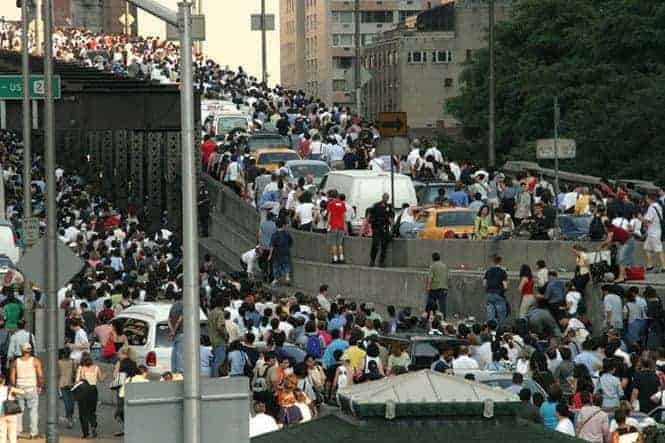Ever since electricity became common in most developed households, the great fear has been losing it. Power companies are expected to keep the power flowing at all times or face severe backlash. Blackouts are met with panic, anger and fear if the power does not come back on quickly. But with increasing demand for power comes more blackouts around the world. Here are some of the biggest blackouts to ever occur.
1. July 2012 India Blackout – 620 Million People Affected

The largest blackout in history occurred just after another large blackout on July 30th. Blackouts are not uncommon in India because the infrastructure that provides power to the country is very unreliable. The country loses 27% of the power it generates and during periods of high demand the power generated falls short by about 9%.
On July 30th, 2012 circuit breakers on the Bina-Gwalior line tripped. This line fed into a transmission section which then caused power failures throughout the grid. Power stations in the affected areas were shut down causing a shortage of 32 GW and leaving more than 300 million people without power. The exact cause of the trip was unknown but the hot Indian summer had led to high demands on power and it was suggested that some states tried to draw more power than what they were allotted to keep up with demand.
On July 31st, 2012 a relay problem occurred in the power grid near the Taj Mahal. This caused numerous power stations to go offline. 38% of the country’s power generation was lost which put over 600 million people out of power. 22 out of 28 Indian states were affected by the blackout which lasted more than a day in some areas. Power demands were once again blamed for issues with the power grid.
The blackout caused a number of problems. 200 miners were trapped down in the mines when the lifts to get them back to the surface lost power. More than 300 trains were affected by the power outage which led to numerous passengers having to be rescued from trains that were stopped en route. An investigation was conducted after the public outcry following the outage and it was recommended that a $400 billion plan to revamp the power grid be completed as soon as possible.

